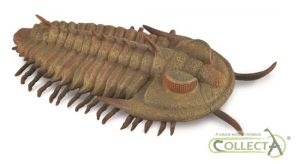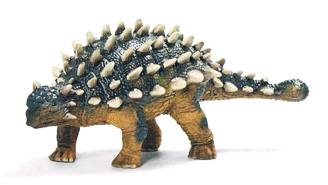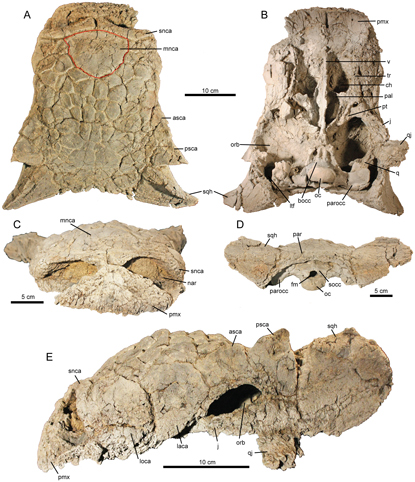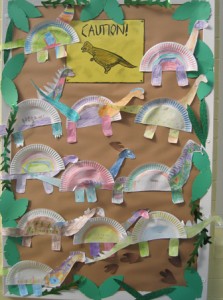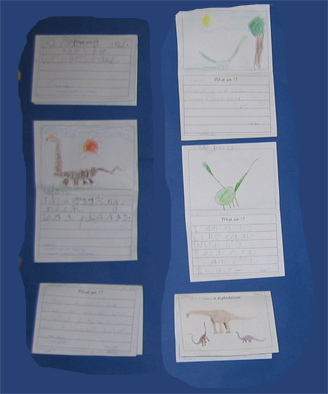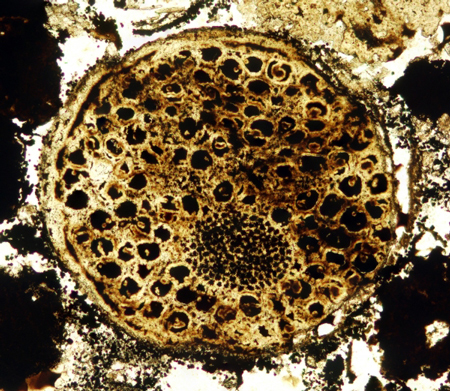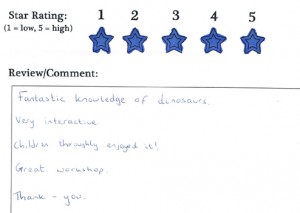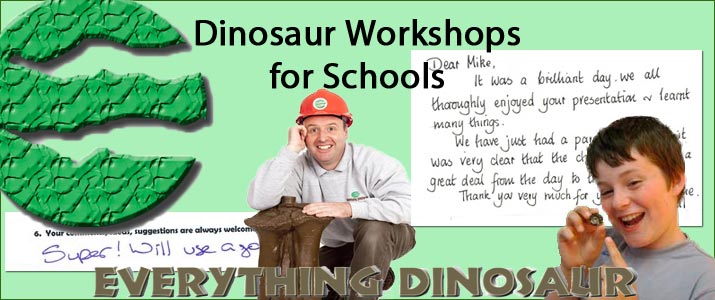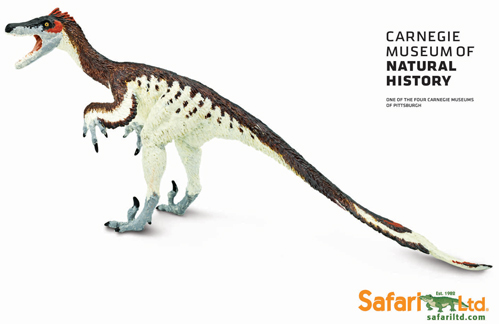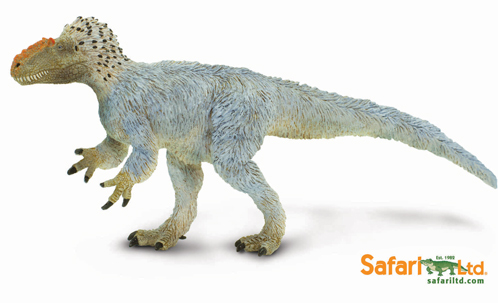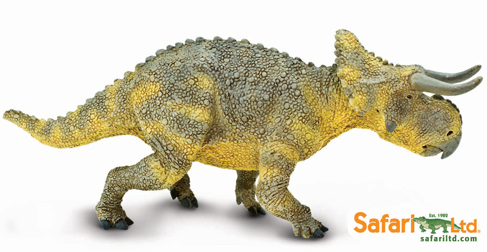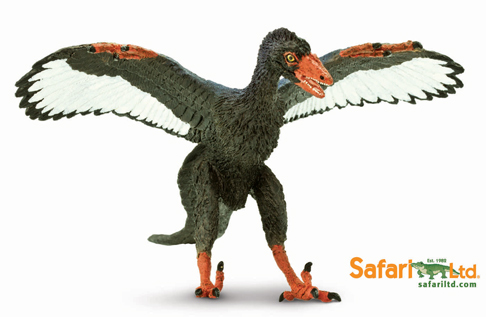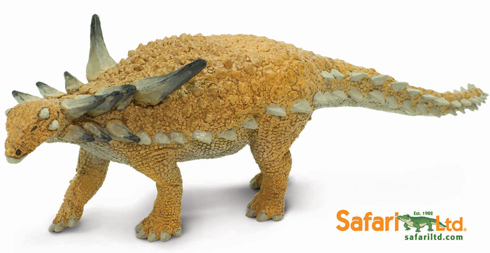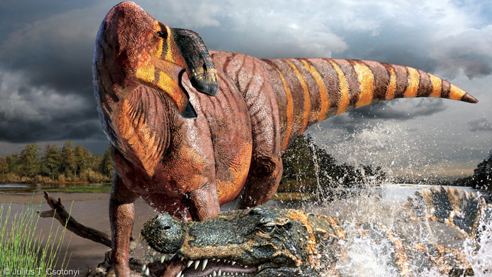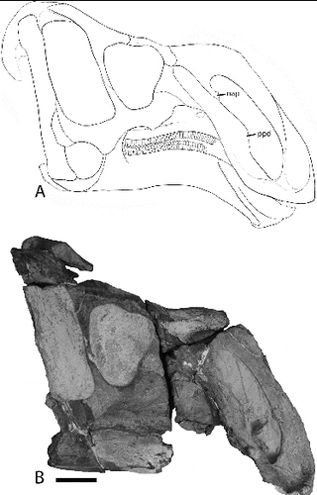Evolution and Genetics (KS3 and KS4) – Trilobites Provide a Useful Case Study
A Case Study in Evolution – the Trilobites (Trilobita)
When Key Stage 3 students are being taught about genetics and evolution as part of the national curriculum for schools in England, it is important for teachers to set the work of Darwin, Wallace et al into context. For example, natural selection within a species relies on variation existing within that species (a form of intra-specific competition). Natural selection between two different species relies on variation between these species (an illustration of inter-specific competition). This variation between species and from organisms within a single species means that some members of a particular species or some species as a whole will compete more successfully.
It is this competition that drives natural selection.
Environmental Changes
Changes in the environment may lead to some less well adapted individuals within a species to fail to reach maturity and breed. Some entire species that are less well adapted to compete and reach maturity when compared to other species will fail to breed. If they fail to breed, they cannot pass on their inherited characteristics to the next generation. The inability to compete successfully may lead to population decline and ultimately extinction.
Why Did the Trilobites Become Extinct?
Picture credit: Everything Dinosaur
Extension Activity
Introduce the class to trilobites, collect pictures and images of different types of trilobite fossil and depictions of them as living marine organisms. Explore their senses (calcite eyes) and adaptations to a marine environment. Consider the reasons for their success as a group, develop theories on why these once diverse, successful creatures became extinct. More capable learners might be able to apply extinction theories to climate change issues happening today.
Trilobites
Trilobites were an extremely abundant and speciose group of Palaeozoic arthropods that evolved into a least ten different Orders. The first trilobites evolved in the Early Cambrian (540 million years ago approximately), the last of the trilobites became extinct at the end of the Permian geological period nearly 300 million years later. These sea-living arthropods had a distinct, threefold, longitudinal division of the body and hard, calcified exoskeletons. To grow, the external exoskeleton had to be moulted.
A Model of a Trilobite (Redlichia rex)
To view models of iconic prehistoric animals such as trilobites, belmenites, orthroceras and ammonites: Models of Iconic Prehistoric Animals.
The trilobites rapidly diversified and by the Early Ordovician period there were over sixty different families. This number fell to around forty by the end of the Ordovician and despite spurts of adaptive radiation during the Silurian, Devonian and into the Carboniferous by the end of the Carboniferous period around 299 million years ago there were just four families left. Two families of Trilobita survived until the late Permian before the Trilobita finally became extinct at the end of the Permian (mass extinction event).
What is the Family Classification?
In Linnaean Classification, there can be one or more closely related species in a genus. These genera (plural) are then grouped together into closely related Families, then Orders, then Classes, Phyla, Kingdom and Domain.
For the Trilobita (H. spasskyi)
- Domain = Eukaryotes
- Kingdom = Animalia
- Phylum = Arthropoda
- Class = Trilobita
- Order = Harpetida
- Family = Harpetidae
- Genus = Harpes
- Species = Harpes spasskyi
Relate the study of trilobites to the importance of maintaining biological diversity and compare and contrast to current extinction issues seen today.
Visit the award-winning website of Everything Dinosaur: Everything Dinosaur.



